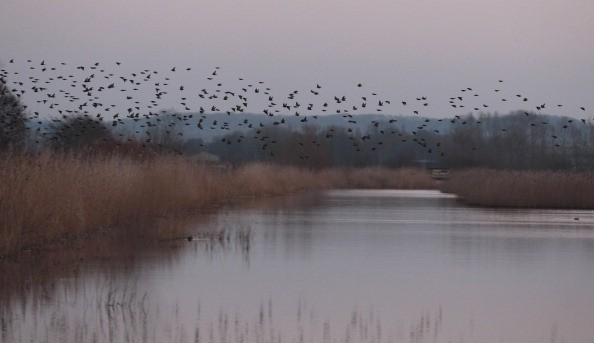Researchers track for the first time that trillions of high-flying insects pass across the skies of Southern England every year. They found out that around 3.5 trillion bugs and butterflies are migrating across the region yearly and this does not even get noticed by humans.
The mass of these insects is equivalent to 20,000 reindeer, according to the study published in the journal Science. The scientists made this discovery possible by using a vertical radar and insect nets mounted on balloons. It took 10 years for these researchers to observe these insects flying night and day between 150 and 1200 above the ground.
In a statement obtained NPR, Jason Chapman, an entomologist at the University of Exeter, said that since England is rather cold and damp, the number of these insects would even exceed if the study is repeated elsewhere. He said, "If you were to repeat this study almost anywhere else, I guarantee that you would exceed those numbers."
The study on migrating insects hasn't really been the focus by other scientists who study migration. "The insects have really not been studied in the way that they should have been," Chapman says. What he's trying to point out is that this migration of the insects can either become a cause of a problem or it can also be beneficial.
One of the most interesting things the scientists found out was the small insects took off regardless of the direction but the medium and larger ones have shown a clear direction and pattern. Chapman noted, "The insects are basically measuring the wind direction and deciding whether or not to fly on that particular day or night."
Chapman explained that insects have a natural ability to identify north and south, as if they have their built in compass. They also have the capability to fly higher in the skies and assess the direction of the wind so that they can decide whether to fly or not. Another interesting discovery they found was that they can travel as fast as 36-58 kilometers per hour over 200 to 300 meter distances.
Here's a video clip about insect migration:





















